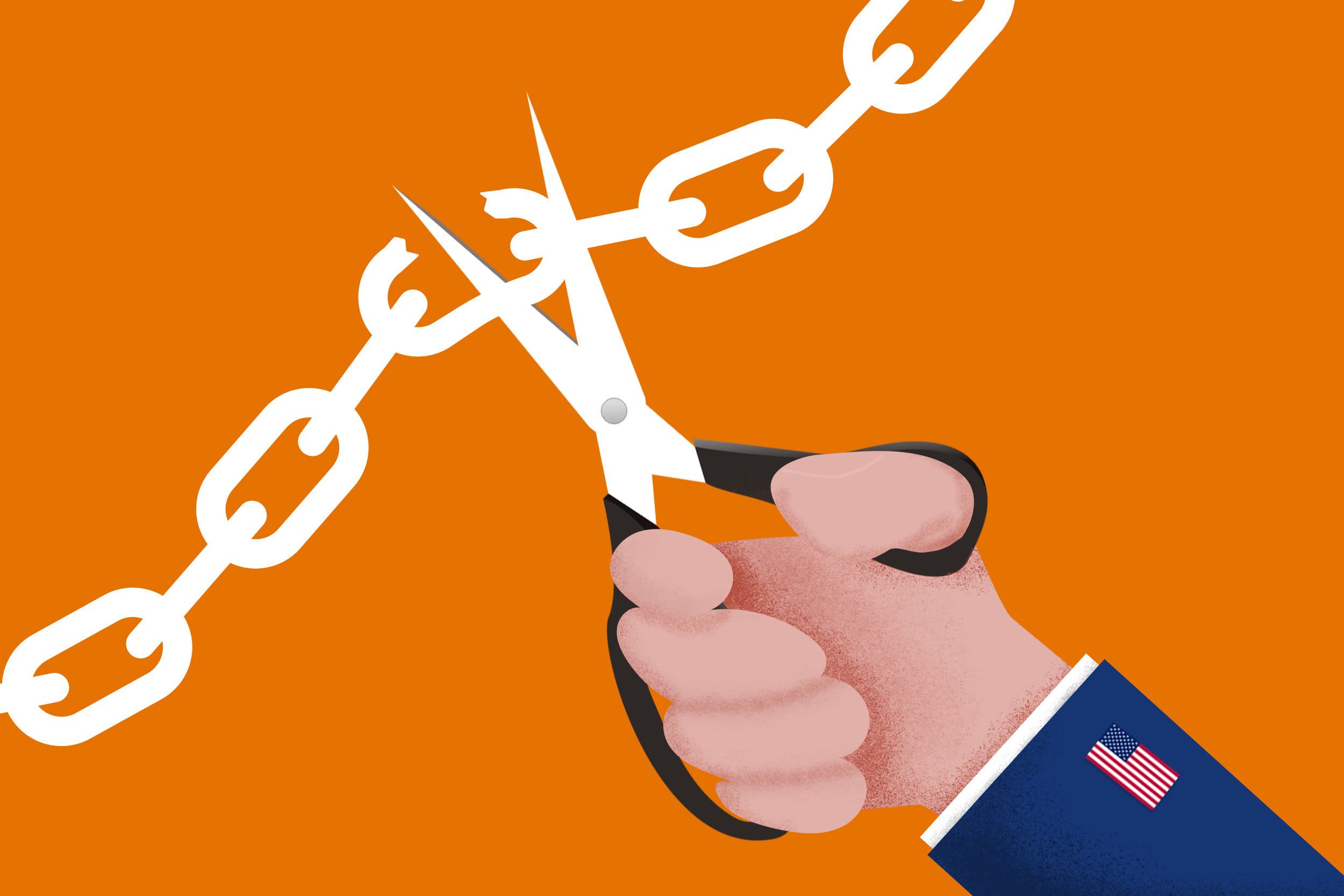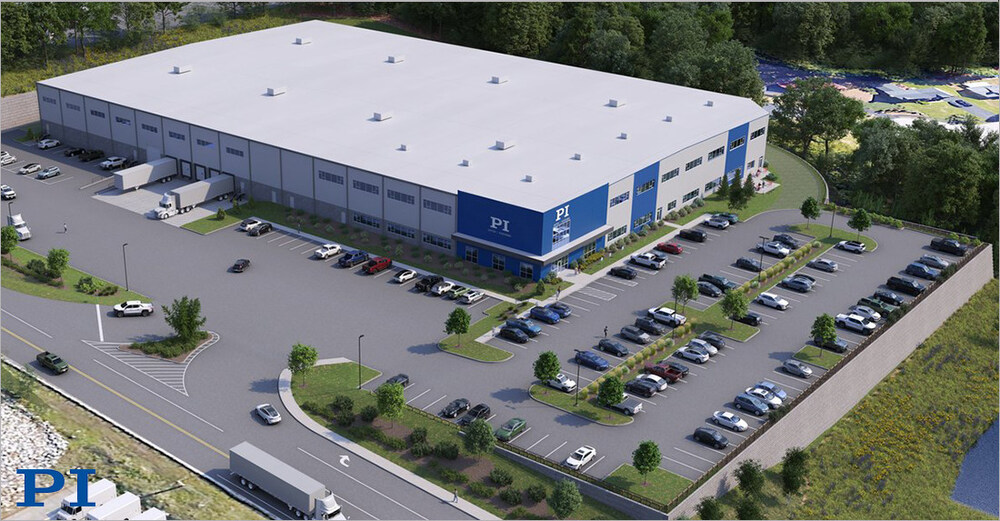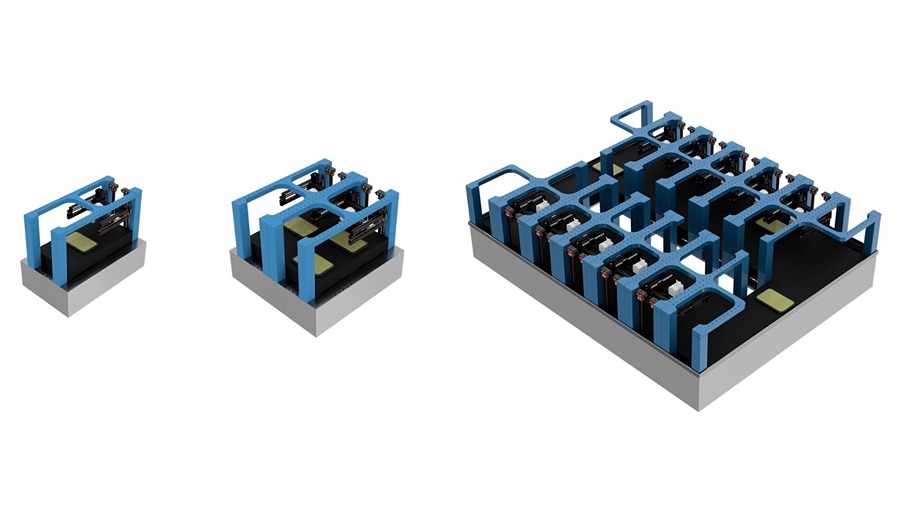Trade Walls Rise: Can Tariffs Breathe New Life into America's Forgotten Factory Towns?
Manufacturing
2025-04-09 10:20:00Content
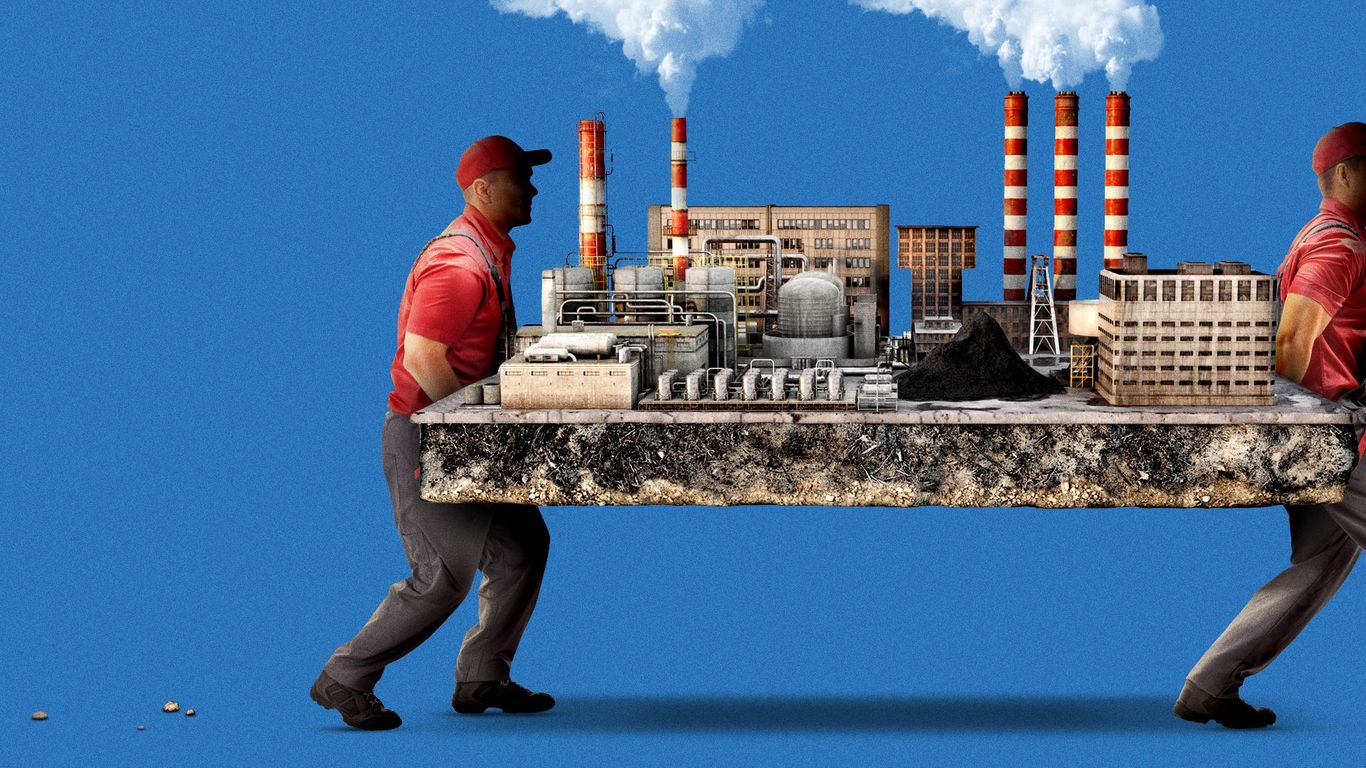
The dream of reviving America's once-mighty steel industry through tariffs alone is proving to be more complex than many hoped. Economists are increasingly skeptical that protective trade measures can single-handedly resurrect the manufacturing glory days that some nostalgically remember.
While tariffs have provided some short-term protection for domestic steel producers, they cannot magically turn back the clock on fundamental economic shifts. The global steel industry has transformed dramatically, with technological advances, automation, and international competition reshaping how steel is produced and traded.
Today's steel sector requires more than trade barriers. It demands innovation, workforce training, and strategic investments in cutting-edge manufacturing technologies. Simply shielding domestic producers from foreign competition won't restore the massive employment levels of the mid-20th century.
The harsh economic reality is that modern steel production is leaner, more efficient, and requires fewer workers than in previous generations. Tariffs might offer temporary relief, but they cannot overcome the deeper structural changes that have permanently altered the industry's landscape.
For workers and communities hoping to reclaim past industrial prominence, the path forward lies not in looking backward, but in adapting to the dynamic, technology-driven manufacturing environment of the 21st century.
The Evolving Landscape of Steel: Beyond Tariffs and Traditional Manufacturing
In the complex world of industrial economics, the steel industry stands at a critical crossroads, challenging long-held assumptions about economic revival and protectionist strategies. As global markets continue to transform, policymakers and economists are confronting the intricate realities of industrial regeneration, particularly in sectors deeply rooted in historical manufacturing paradigms.Reimagining Industrial Strategy in a Rapidly Changing Global Economy
The Myth of Tariff-Driven Industrial Renaissance
The contemporary economic landscape reveals a nuanced narrative far more sophisticated than simplistic protectionist rhetoric. Tariffs, while seemingly attractive as a quick solution, represent merely a superficial approach to complex industrial challenges. Economists increasingly argue that merely imposing trade barriers cannot magically resurrect bygone manufacturing glory. Modern steel production demands intricate technological sophistication, requiring substantial investments in research, automation, and workforce retraining. Traditional protectionist models fail to address the fundamental transformations occurring within advanced manufacturing ecosystems.Technological Innovation: The True Engine of Industrial Competitiveness
Technological advancement emerges as the genuine catalyst for industrial revitalization. Contemporary steel manufacturers must navigate increasingly complex technological landscapes, integrating artificial intelligence, advanced robotics, and sustainable production methodologies. The most successful industrial strategies prioritize innovation over protectionism. Countries investing in cutting-edge research, developing advanced manufacturing capabilities, and cultivating highly skilled workforces are positioning themselves at the forefront of global industrial competition.Global Economic Interdependence and Strategic Adaptation
The steel industry exemplifies the intricate web of global economic interdependence. Modern production networks transcend traditional national boundaries, creating complex international supply chains that cannot be dismantled through simplistic tariff mechanisms. Successful industrial strategies must embrace complexity, recognizing that economic resilience stems from adaptability, technological prowess, and strategic collaboration rather than isolationist approaches.Workforce Transformation and Human Capital Development
The future of steel manufacturing hinges not on protective trade policies but on comprehensive workforce development. Reskilling programs, advanced technical education, and continuous learning initiatives represent the most potent mechanisms for industrial regeneration. Economies that invest in human capital, creating adaptive, technologically proficient workforces, will ultimately triumph in the global industrial arena. This requires a holistic approach integrating educational institutions, industry partnerships, and forward-thinking government policies.Sustainable Manufacturing: The Emerging Competitive Frontier
Environmental sustainability has transitioned from a peripheral concern to a central strategic imperative. Steel manufacturers must now balance economic efficiency with ecological responsibility, developing production methodologies that minimize environmental impact while maintaining competitive edge. Innovative companies are pioneering green manufacturing techniques, utilizing renewable energy, implementing circular economy principles, and developing low-carbon steel production technologies.Economic Resilience Through Strategic Diversification
The most successful industrial ecosystems recognize the importance of strategic diversification. Rather than clinging to nostalgic visions of past manufacturing dominance, forward-thinking economies are creating flexible, adaptive industrial frameworks capable of rapid transformation. This approach demands sophisticated economic policies that support innovation, encourage entrepreneurship, and create robust, interconnected industrial networks capable of weathering global economic fluctuations.RELATED NEWS
Manufacturing
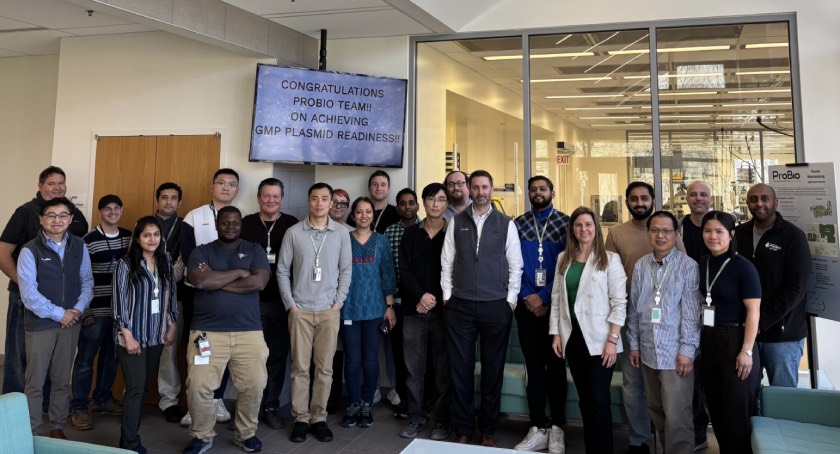
Biotech Breakthrough: ProBio Unveils Cutting-Edge Plasmid DNA Production Facility in New Jersey
2025-04-09 13:16:16
Manufacturing
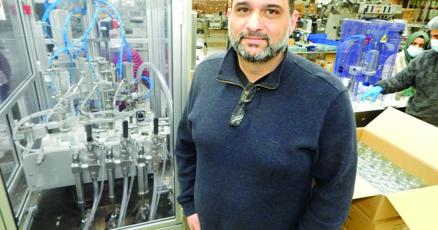
Industrial Boom: High Point's Manufacturing Hub Accelerates Growth in Southeastern Corridor
2025-03-01 04:45:00
Manufacturing
Chip Giant TSM: Major Investor LGT Capital Partners Trims Stake in Global Semiconductor Powerhouse
2025-03-09 11:38:32
